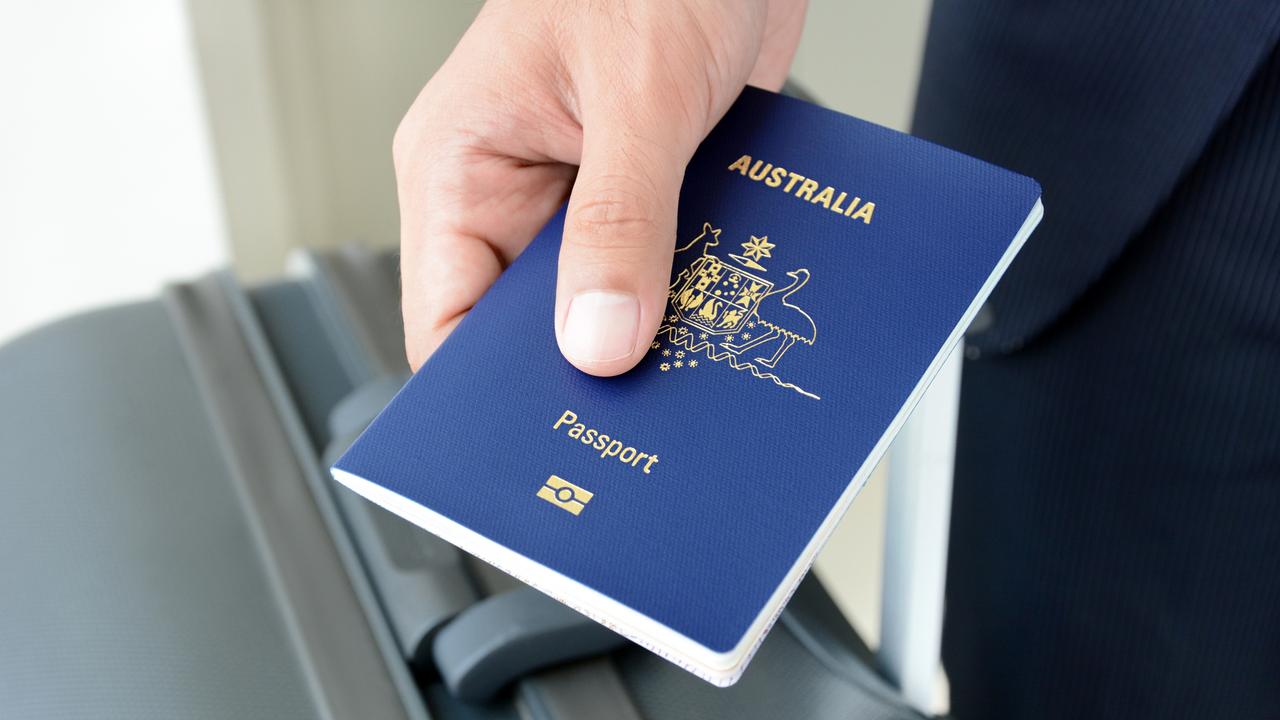Army of cyborg cockroaches a step closer with solar power breakthrough
Engineers have created a solar-powered half-robot, half-cockroach that they hope will lead to armies of remote-controlled insects that can be used to help humans

READING LEVEL: RED
The cyber-roaches are coming. And, this time, the only place they will have trouble scuttling* is where the sun doesn’t shine.
Engineers have created a solar-powered cyborg* cockroach, implanting electronics into a real cockroach to enable them to control it remotely.
This has been done before but now, thanks to super-slim solar cells, they can keep it charged remotely too.
The resulting creature – half-robot, half-cockroach, and with near-endless stamina* – is an advance in a longstanding goal of science: to create armies of usable cyborg roaches.
“Body-mounted, energy-harvesting devices are critical for expanding the range of activity and functionality* of cyborg insects,” said Kenjiro Fukuda, from the Riken Cluster for Pioneering Research in Japan.
The insects are able to be controlled because passing a current through, say, the left side of the body disrupts the movement of the legs on that side, while leaving the legs on the right side unimpeded*, causing it to turn.

However, the process requires power. Until now, it has been hard to find a way of generating energy on a cockroach without overloading it.
“The area and load of the device considerably impair* the mobility* of tiny robots,” Dr Fukuda said.
Now he thinks that they have cracked the problem, with solar panels that bend to the cockroach’s body shape.
But why do scientists need legions* of robotic cockroaches in the first place? One answer the scientists gave was that hordes* of human-controlled insects could be used for humanitarian* purposes – primarily in visiting places humans can’t.
Dr Fukuda argued that they could have a role in search and rescue operations, where they could explore among rubble to find survivors. They might also be able to explore disaster areas with environmental hazards.

The latest work, published in the journal NPJ Flexible Electronics, involved finding the best mechanism to attach a solar cell to the cockroach’s abdomen. This needed to be done in a way that ensured the cockroach could move flexibly and, crucially, right itself if it fell on its back.
The engineers found that using solar cells just four microns* thick, attached in strips to the abdomen, did not impede* the cockroaches.
And with the solar cells allowing the electronics to be recharged in sunlight, the cyborg cockroaches could go for longer and not need to return to charging stations.
This latest work is not the final form of the cyber-roach, though. While it can now generate its own power and be controlled remotely, it still needs more components, such as a camera and transmitter.
Dr Fukuda said the camera and transmitter were likely to initially be low resolution and slow, but enough for the tasks required.
And what of the cockroaches? Are there ethical* implications* of removing their autonomy*?
Dr Fukuda was unperturbed*. “It depends on how much we care for the ethics* of insects,” he said.
This story was originally published on The Times and is republished here with permission.
GLOSSARY
- scuttling: run hurriedly
- cyborg: a thing that is part living and part machine
- stamina: the ability to keep going physically and/or mentally
- functionality: the range of ways something can function
- unimpeded: not obstructed or hindered
- impair: weaken, make something become worse
- mobility: the ability to move or be moved easily
- legions: vast numbers of people or things
- hordes: large groups
- humanitarian: to do with improving people’s lives and reducing suffering
- micron: a unit of length equal to one millionth of a metre
- impede: obstruct or hinder
- ethical: to do with beliefs about what is right and wrong
- implications: the effects that an action or decision have on something else
- autonomy: the ability to act and make decisions without being controlled or influenced by others
- unperturbed: not concerned, not worried
- ethics: beliefs about what is right and wrong
EXTRA READING
Giant moths tagged, tracked by plane
E-skin to give robots the human touch
Meet Gertrude, the pig with the brain implant
Scientist becomes world’s first full cyborg
QUICK QUIZ
- What did the engineers do to solve the problem of keeping the electronics charged on the cockroaches?
- Which country is Dr Fukuda from?
- What humanitarian purposes could cyborg cockroaches be used for?
- How thick are the solar cells attached to the cockroaches?
- What other components do the cyber-roaches need?
LISTEN TO THIS STORY
CLASSROOM ACTIVITIES
1. What do you think?
Can you think of another insect or creature that this technology could be used on to help us? Create a design for your robo-creature. Include information on where and how your robo-creature could be used. (For example, how about robo-worms, robo-fish or robo-mozzies?)
Time: allow 40 minutes to complete this activity
Curriculum Links: English, Science, Design and Technology, Visual Communication Design
2. Extension
Should we care about the ethics of insects? Write paragraphs explaining your opinion on this question. Use information from the story and your research skills to help you.
Time: allow 40 minutes to complete this activity
Curriculum Links: English, Science, Civics and Citizenship, Personal and Social Capability
VCOP ACTIVITY
Wow word recycle
There are plenty of wow words (ambitious pieces of vocabulary) being used in the article. Some are in the glossary, but there might be extra ones from the article that you think are exceptional as well.
Identify all the words in the article that you think are not common words, and particularly good choices for the writer to have chosen.
Select three words you have highlighted to recycle into your own sentences.
If any of the words you identified are not in the glossary, write up your own glossary for them.

